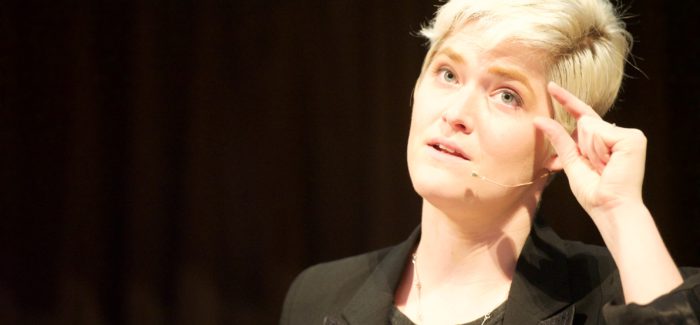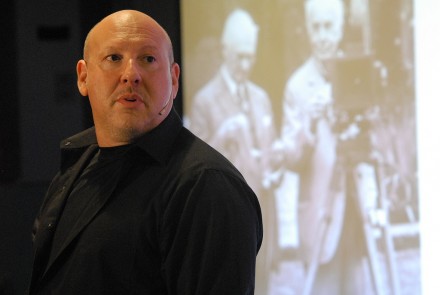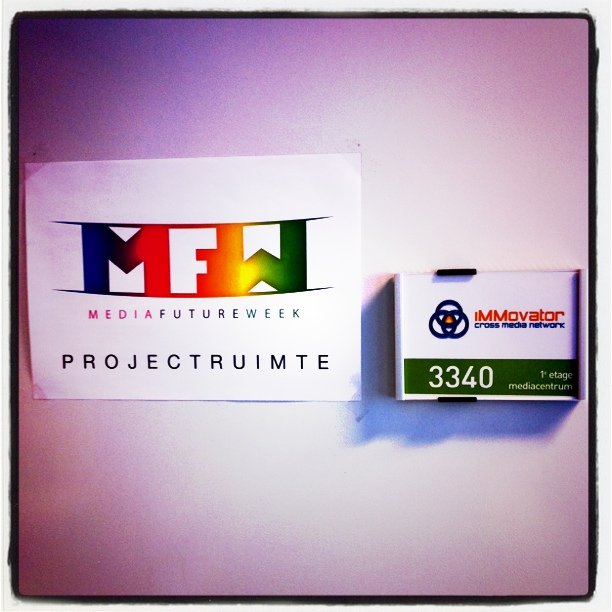Amber Case: Technology should work besides us, not against us
Amber Case is a cyborg anthropologist who studies the symbiotic interaction between humans and machines. How can humans work together with machines? How does high technology effect our values and culture? According to some statistics in 2020 there will be over 50 billion devices. Devices will outnumber us.
‘It is an era of interruptive technology, we often take better care for our phones than ourselves.’
So how do you design technology that does not get in our way? As a designer you have to ask yourself why do you want to make this device? Where is it optimizing for? Someone asked Case if it is possible to make a smart fridge, she asked them why do you want a smart fridge? They answered ‘Because we want people to eat less junkfood’ So she replied ‘But junkfood is not kept in your fridge right?’
Companies design connected devices and sell them with the promise that it will make your life easier. For example the Petnet. The Petnet is an automatic pet feeder which is connected to your phone. When you are away you can feed your pet with an app on your phone. So you don’t need to worry about your pet when you are gone , right? You can also check on your phone how your pet is doing by using skype. The only problem is that the Petnet is connected to a server, when the server was down a lot of pets starved. Isn’t this a big issue, Case asked herself. When she read the terms of conditions of Petnet they said they were not responsible for this kind of problems. So they got away with it.
We need calm technology
In the mid 90’s a research and development company called Xerox PARC, which are known for their groundbreaking work in the field of graphical user interfaces, they already created connected technology. Mark Weiser was a chief scientist at Xerox PARC, he believed that a good tool is an invisible tool. By invisible, he meant that the tool does not intrude on your consciousness; you focus on the task, not the tool.
Technology should not require all of our attention. For example a tea kettle. You put water in it to cook/boil and only when it’s ready it makes noise. We don’t only use devices in our home but also in other environments. So we also need to change the alerts on the devices. For example if you have an insulin pomp which will make a sound when you have to fill it, but you are at a concert and you can’t hear it there has to be another alert. As a designer you also need to think about the alerts on devices.
Case: ‘Technology should work besides us, not against us. It should help us by making the right decisions. ‘
A good example of when a device is working besides us, is the Sleep Cycle app for iOS. It does all the work when you sleep so you don’t have to pay any attention to it. You just place your phone under your pillow and the app wakes you up at the right time before you fall into a deep sleep.
‘The scarce resource in the 21st Century will not be technology. It will be attention ‘– Mark Weiser
Another example is the Roomba, a robotic vacuum cleaner. This is one of Ambers favorite devices. It makes a happy sound after when it’s done cleaning. Sounds are important for a device, for example everybody likes R2D2 from the movie Star Wars because it makes all these cute sounds, when it’s sad or happy you notice this by the sound it makes. These ‘emotional’ sounds makes us think we need to take care of it. These sounds also don’t need a translation, they are universal. That it something to think about when you’re designing.
Ambers last advice: ‘A person’s primary task should not be computing, but being human. More Roomba’s!’
Interview with Amber Case at Media Future Week 2017
Full keynotespeech of Amber Case at Media Future Week 2017
MFW17 – Amber Case – Cyborg Anthropologist Writer from iMMovator on Vimeo.
This keynote speaker is made possible by Stadsfonds Hilversum.





